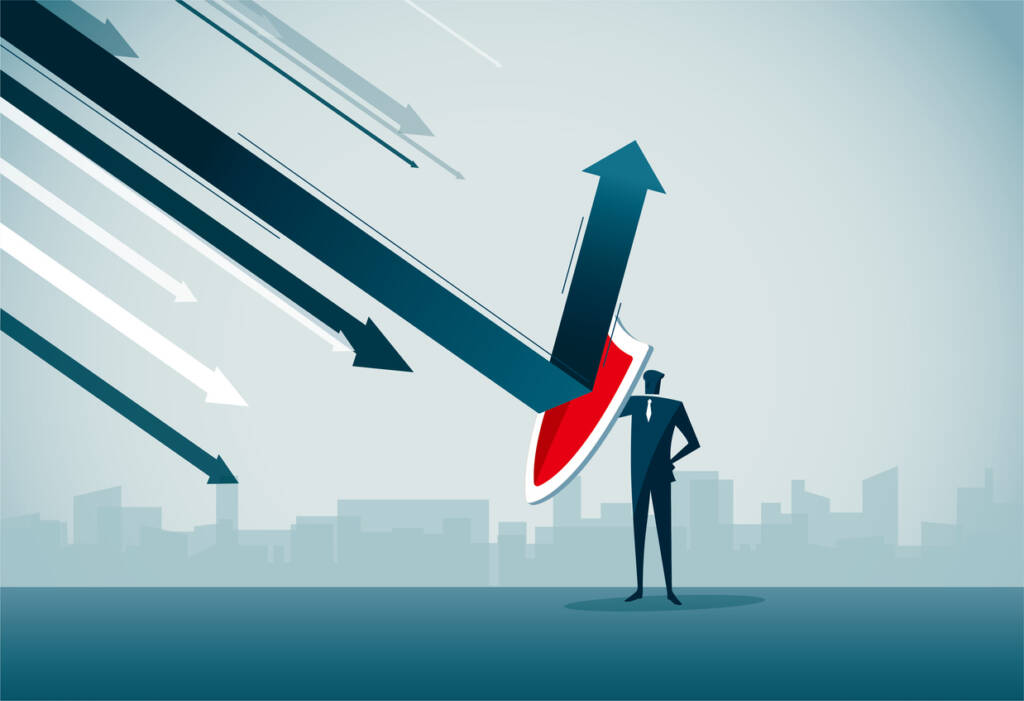Are You Relying on Manual Means to Detect Insider Trading? Here’s How StarCompliance Can Help
Digging through the data to detect insider activity doesn’t have to be this hard or this inefficient. The right compliance software can help your organization more quickly and more reliably surface the very risky business of insider trading
Insider trading is more prevalent today than many might like to believe. Researchers estimate that insiders represent almost 10% of total daily trading volume. FINRA’s recent decision to bar former Goldman Sachs research analyst Brian Maguire from the broker-dealer industry for insider trading is just one high-profile example. In Star’s work helping firms establish programs to prevent this illegal activity, we see all levels of preparedness, but even the most mature systems still tend to have room for improvement.
Whether they rely on vendor systems or in-house solutions, firms often fail to keep up with the latest technological developments in the asset and investing space. Many in-house systems, for example, can’t adapt quickly to the rapid changes in the marketplace, and manual or semi-manual processes can’t begin to handle the scale and scope of the problem. With hundreds, thousands, or even tens of thousands of employees distributed across different locations—trading two or three times a month in a wide range of assets, instruments, and stocks—you quickly end up with a massive volume of trades to monitor on a regular basis.
It’s easy to see the potential cascade of problems with manual monitoring methods. Teams can, at best, investigate only one out of every 20 or so transactions, and even that size burden demands haste and dubious accuracy. When a compliance officer misses something—which is much more likely when relying on manual processes, semi-manual processes, or outdated monitoring systems—the financial and reputational cost to the firm could be significant.
The lack of an automated insider-trading detection system also impacts firm culture, sending a message that the organization may not consider regulatory compliance to be a top priority. Not only will this shortcoming embolden unethical employees, it will leave clients and regulators with a poor overall impression of the firm.
SETTING UP THE STAR SOLUTION
Compliance software can help your organization get a handle on many of the processes that can identify and more quickly surface insider activity. When you partner with StarCompliance and the STAR Platform, you’re tapping into insider trading detection software that can help you via the following powerful capabilities:
1. IMPLEMENT A PROCEDURE TO PRE-CLEAR TRADES
One of the most fundamental functions of the STAR Platform is a step that asks employees to pre-clear their trading activity. This simple procedure can be fully automated and helps prevent insider trading activity before it occurs. This immediately alleviates a major part of the compliance team’s burden.
2. ANALYZE TRADES RELATIVE TO PRICE MOVEMENTS
The STAR Platform also looks for trades that happen ahead of price movements or other patterns that could indicate a trader had access to material non-public information, or MNPI. For example, if there’s a sharp increase in price, STAR can look for trades several days before that might raise a red flag. Because compliance officers can access the employee’s brokerage accounts and other trading activity and positions, they can quickly spot a flagged trade that looks out of the ordinary in terms of size, sector, or the employee’s overall investing pattern.
3. MEASURE THE TYPE OF NEWS AND RELATIVE DENSITY
While many surveillance tools look at news and density, the STAR Platform measures both the type of news and the relative density, examining more than 200 different events that could impact price—from the granting of patents, to changes in ownership, to supply chain issues. An unusually weighty news day for a company might signal that a trade isn’t significant enough to investigate, but the STAR algorithm cross-references that information with trades and price changes to form a more accurate picture of the activity.
4. CORRELATE INDIVIDUAL ACTIVITY THROUGHOUT THE FIRM
Because insider trading rarely happens in a vacuum, the STAR Platform correlates all employee trading throughout the firm to spot individuals working in a closed network. STAR also looks for clusters of employees trading together, which might mean they’re operating off the same MNPI. Without extensive correlation techniques, like STAR’s, a platform can generate an abundance of false positives. And because regulators expect you to investigate all of them, a bad surveillance system can actually increase your workload and risk.
5. DOCUMENT THE INVESTIGATIVE PROCESS
Regulators are just as interested in seeing the near-misses or suspicions that end up being false, because these investigations demonstrate that the firm is making a real effort to monitor its employees and spot wrongdoing. Because amassing thorough documentation can be a time-intensive process when it’s performed manually, STAR automates the audit trail to improve speed, accuracy, and efficiency.
Detecting illegal insider trading can be difficult, and the pandemic has only complicated matters further. The increased trading in volatile markets, blurred lines between employees’ work and personal lives, and increased financial pressure have all made it easier for individuals to slip up and make a mistake by sharing or acting on MNPI. But pandemic or no, it’s impossible to fully eliminate the risk of insider trading. With an automated detection platform like the STAR Platform, however, you’ve got the best way possible to mitigate it.

Webinar
Product Spotlight: Insider Trading
Keep your compliance team in the know and reduce the chances of market abuse, with our easy-to-use insider trading solution. Track which employees have material and non-public information using insider lists and compare employee trades against high-impact global events and market activity.



